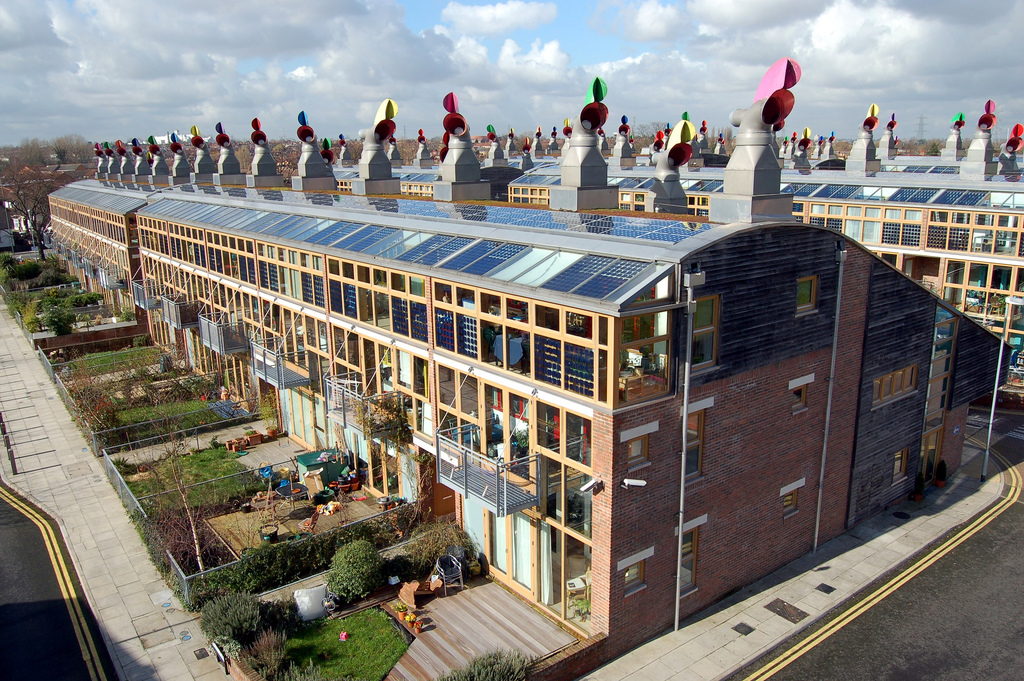
Social Sustainability and Social Institutions
Guest post by Rachelle Hollander, National Academy of Engineering and INSS Steering Committee
The issue of what is social sustainability provided considerable puzzlement at our first network meeting, although people attending seemed to agree that the stories of social groups that undertook programs to assist others living among them were examples. In these cases, attention was also paid to economic and environmental viability. In some of those cases, social sustainability involved community reform and attention to needs; in others, social sustainability focused directly on issues of environmental sustainability as well. Economic viability was difficult for these efforts. Below I specify what I take to be a few definitions relevant to social sustainability, and then I take on the idea of science and engineering as among our prominent social institutions.
Social Sustainability
Relevant Terms
Social – of or pertaining to more than one individual
Sustainability – able to continue
Institution – any structure or mechanism of social order and cooperation governing the behavior of a set of individuals [within a given community] https://en.wikipedia.org/wiki/Institution
Community – The term … can refer to a usually small, social unit … that shares common values. The term can also refer to the national … or international community. In biology, a community is a group of interacting living organisms sharing a populated environment. Since the advent of the Internet, the concept of community has less geographical limitation. The word “community” is derived from the Old French communité which is derived from the Latin communitas (cum, “with/together” + munus, “gift”), a broad term for fellowship or organized society. Some examples of community service are to help in church, tutoring, hospitals, etc. http://en.wikipedia.org/wiki/Community
Science and Engineering
Science and engineering are social institutions; are they sustainable? They have managed to continue for numbers of centuries and to spread among nations. What are the elements that promote sustainability? The likelihood is that internal as well as external elements are important to the sustainability of scientific and engineering communities. These elements may be called values and shared within and between these communities and others. Consider two examples – honesty (or truthfulness) and societal benefits. Within scientific and engineering communities, honesty is generally highly valued as a necessary component in trustworthy research – contributing to the trustworthiness of the research record. This might be called an intrinsic value in science and engineering, valued for itself alone. From the perspective of other social groups, the value of science and engineering might be viewed more instrumentally, as contributing to societal benefit once research findings are translated into goods and services or other life amenities (education, parks and wilderness, civility). However, the high priority scientists and engineers may place on honesty is shared by other social groups, who value honesty more generally and fundamentally also, as intrinsic to trustworthy neighbors and colleagues and friends. Science and engineering can serve goals of environmental and social equity and justice as well as those of promoting wealth and national security.
Social institutions can be good or bad; slavery is a straightforward example of a social institution that is a bad one. It was sustainable for a period of time; perhaps it was the bad values that it required in order to flourish that has caused its presence in human societies to diminish. Despotism is a form of political organization that is bad, because of the human rights violations and social miseries that come with it; monarchy needn’t share these evils. Despotism and dictatorships can survive for many years, using force to maintain order. So it seems that social sustainability is no guarantee of social harmony or justice. Science and engineering can survive in the service of bad outcomes and injustice and contribute to them; thus, their sustainability does not seem to be directly linked to the presence of social institutions that are good.
This initial discussion leads me to conclude that if human beings want good social institutions and science and engineering that make good contributions to good social institutions, we will all need to work towards those ends. No guarantees come with sustainability.
About the photo: Photo by Tom Chance
(http://www.flickr.com/photos/tomchance/1008213420/)
BedZED is the UK’s largest eco-village. The aim was to help residents and office workers reduce their ecological and carbon footprints to a sustainable, “one planet” level. The plans cover reducing energy use, providing renewable energy, minimising the embodied energy of the buildings, reducing fossil fuel miles and also tackling food, waste, water usage and flooding.
Find out more at www.bioregional.com/bedzed


